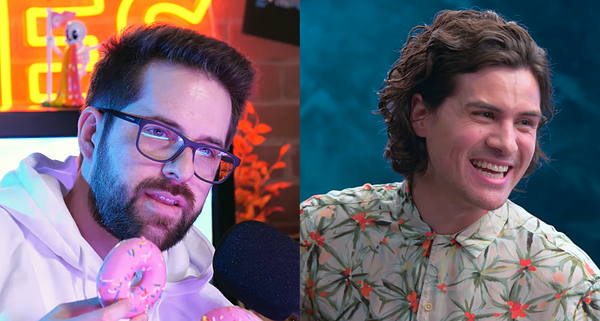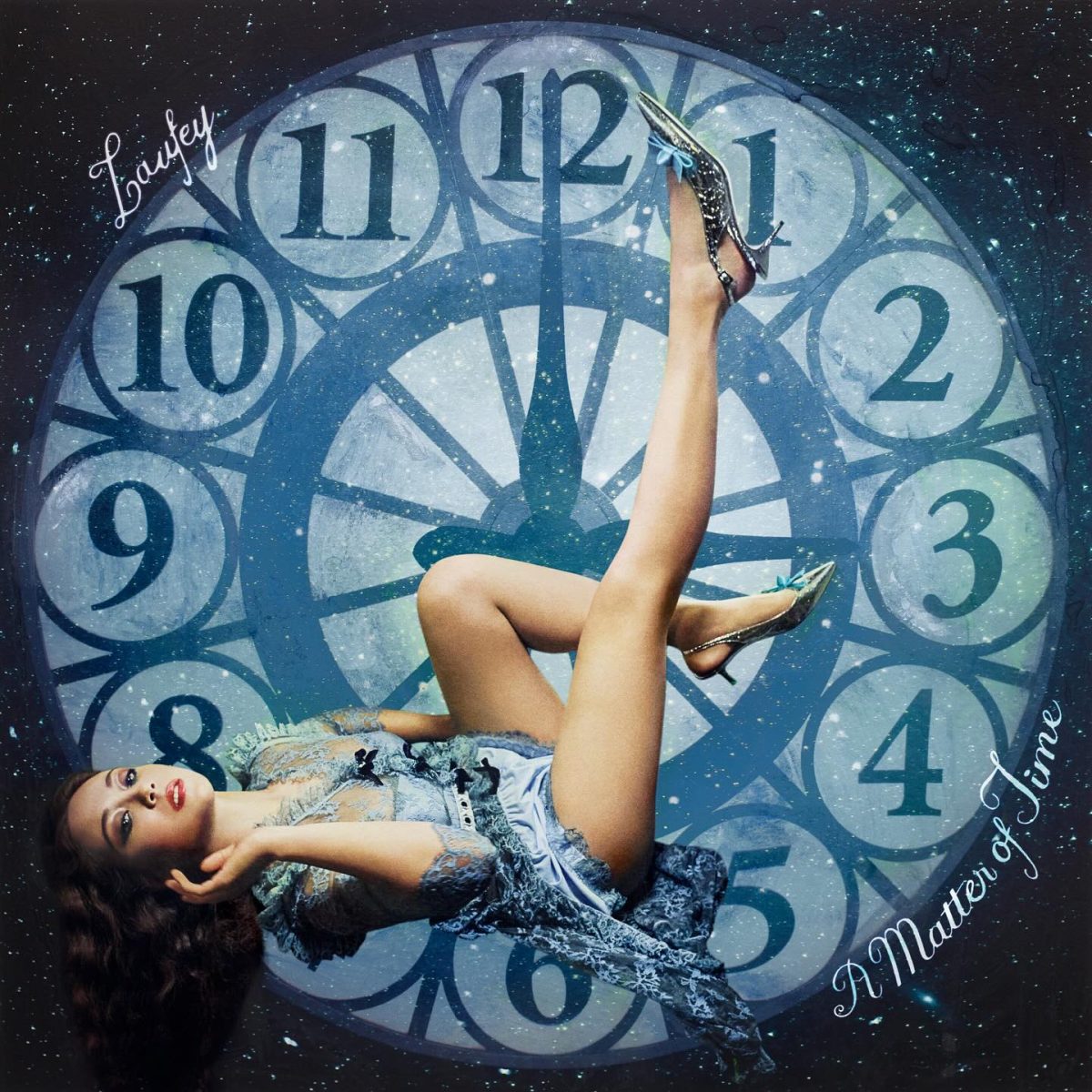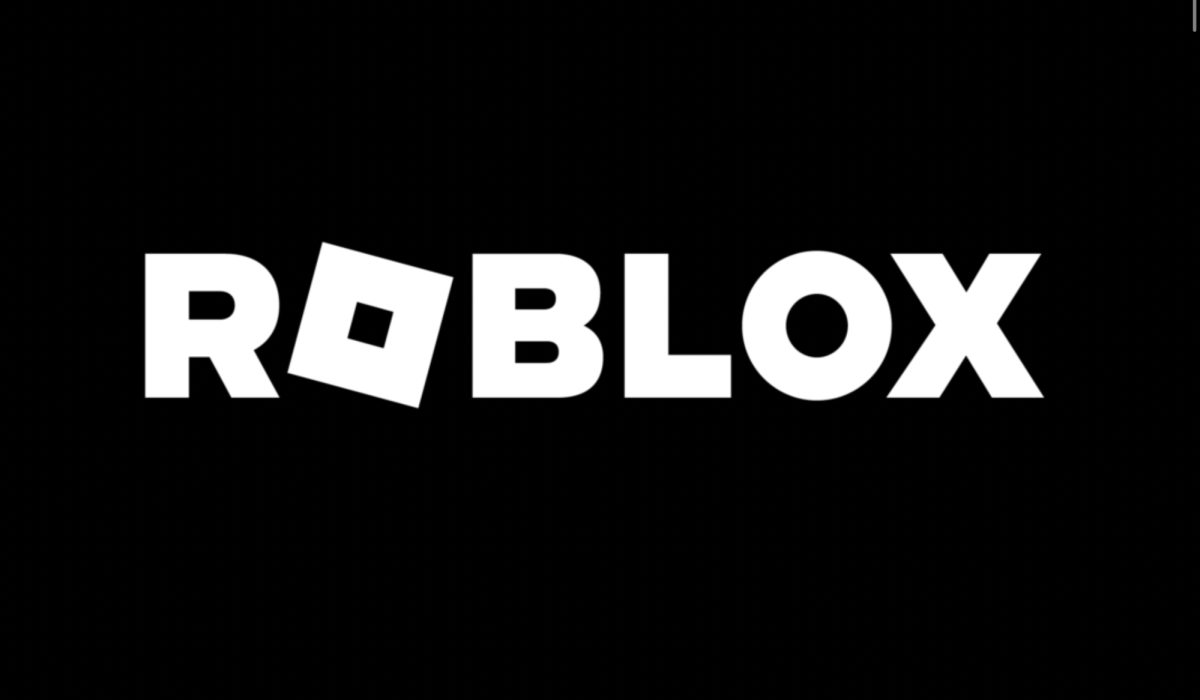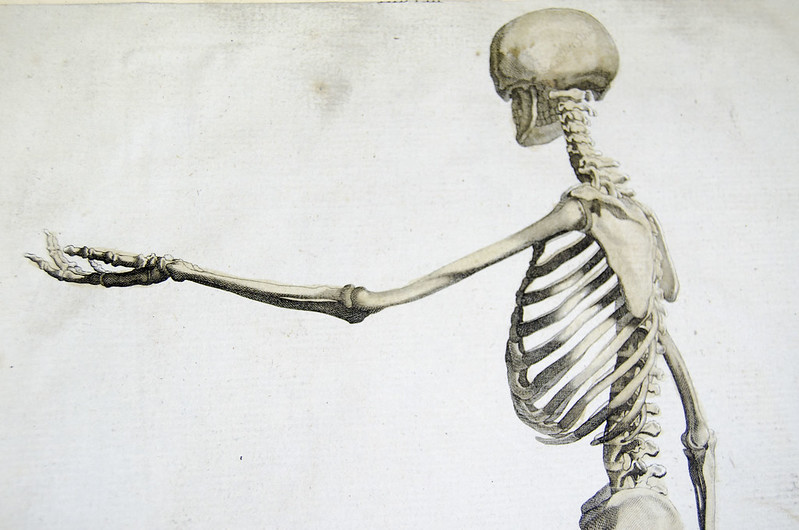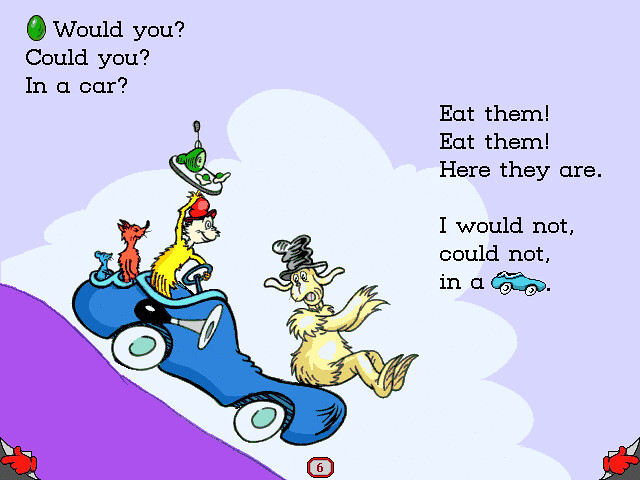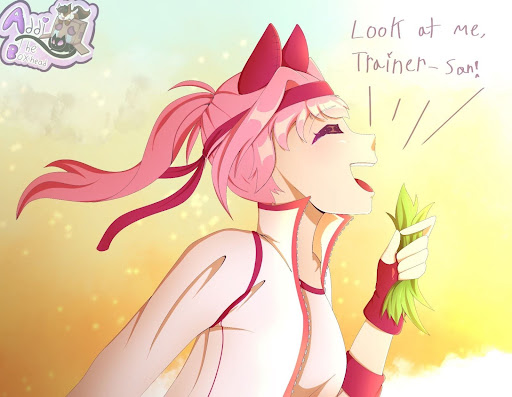DISCLAIMER: THIS ARTICLE IS SATIRE AND IS MEANT FOR ENTERTAINMENT PURPOSES ONLY.
Green Eggs and Ham by Dr. Seuss holds a special place in my heart as the first book I ever read on my own. And yet, looking back on it years later, I find it rather disquieting. Despite being a simple, intentionally repetitive tale, I find it holds a deeper meaning. An ominous meaning. For at its core, Green Eggs and Ham is a story meant to teach children to engage in thoughtless consumerism.
The story opens with Sam-I-Am, a character unknown to us but presumably known far and wide through the world of Green Eggs and Ham, judging from how easily he secures aid from other creatures. The protagonist of Green Eggs and Ham, who goes unnamed within the story and will be henceforth referred to as Sam-I-Aren’t for ease of writing, is shortly thereafter introduced as he proclaims his hatred of Sam-I-Am and refuses the offering of the titular dish. Sam-I-Am then cycles through several scenarios, asking if Sam-I-Aren’t would be willing to eat green eggs and ham under those conditions. This continues until Sam-I-Aren’t eventually gives in and agrees to try the dish as long as Sam-I-Am promises to leave him alone afterward. The story ends with the revelation that Sam-I-Aren’t loves green eggs and ham. He thanks Sam-I-Am for introducing him to it.
One could interpret the moral of this tale as simply encouraging children to be open to new experiences, and I would agree with this if not for one key detail: it’s green.
The eggs, the ham—they’re green. You know this. I know this. But have you ever really thought about what it means?
Eggs and ham are products that we know can spoil, and the consumption of these spoiled goods can lead to sickness or even death. Our bodies are so specially evolved to recognize the signs of spoilage in such goods that we recognize their very scent as dangerous—we know, viscerally, that we are meant to avoid these things.
And another key sign of spoilage is a change in color. Oftentimes, spoiled meat is represented as being…green.
Green Eggs and Ham is not encouraging children to broaden their horizons—rather, it is encouraging them to abandon their instincts of what is safe and unsafe in the face of persistent argument. It is teaching them to adhere to the bandwagon fallacy—if someone insists it’s safe, even if you know in your gut it is not, then you might as well listen to them. What’s the worst that could happen?
This kind of reasoning is dangerous for obvious reasons (giving in to peer pressure, bandwagon fallacy allows democracy to deteriorate, etc.) but is truly haunting when you consider the greater implications within American history and consumerism.
In the modern day, we are constantly exposed to advertisements. They choke our websites, flood social media, plaster our billboards, and are even trying to be inserted into your dreams by some companies. They are constantly bothering people.
Just as Sam-I-Am was constantly bothering Sam-I-Aren’t.
Green Eggs and Ham encourages people to consume when prompted—to ignore their own thoughts and replace them with the instructions of corporations who have more resources, more power, more people on their side, because if they’re this persistent you should just try it.
You should just buy it, you should just eat it—and you’ll like it. We promise you’ll like it so, so much, you just have to push through every warning sign and imbibe and you will be grateful.
So. Do you like green eggs and ham? Or will you break free from the yoke of blind consumerism?










